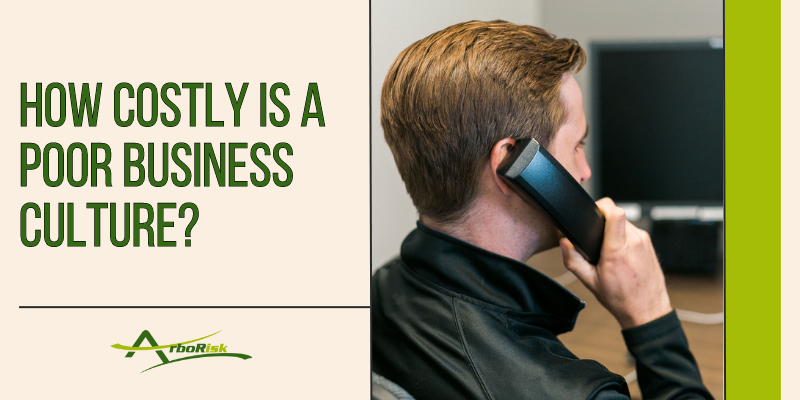How Much Should My Tree Care Business Insurance Cost?
How Much Should My Tree Care Business Insurance Cost?
Written by Eric Petersen, CIC
As we all know, running a tree care business comes with unique risks; utilizing heavy equipment, working at height, and unpredictable weather conditions all make proper insurance coverage an essential part of doing business. Therefore, I want to address one of the most common questions we get asked by tree care business owners.
How much should I be spending on my business insurance?
A Good Rule of Thumb: 3–5% of Gross Revenue
As a general guideline, tree care companies should expect to spend between 3–5% of their total gross revenue on comprehensive business insurance. This includes essential coverages such as:
- General Liability – Covers third-party injuries and property damage.
- Commercial Property – Protects buildings, office contents, and other physical assets.
- Inland Marine – Insures equipment and tools while in transit or on job sites.
- Business Auto – Covers company vehicles, from pickups to bucket trucks.
- Umbrella Liability – Provides additional liability coverage above primary policies.
- Workers’ Compensation – Covers medical expenses, lost wages, and rehabilitation costs for employees injured on the job, and is typically required by law.
What Impacts Your Premium?
Insurers evaluate many aspects of your business to determine premium rates. Understanding these variables can help you actively manage costs and secure better coverage.
1. Claims History
A clean loss history demonstrates that your company operates safely and responsibly, often resulting in lower premiums. Frequent or severe claims—especially Workers’ Comp or liability claims—can lead to substantial rate increases.
2. Years in Business & Experience
Insurers look favorably on businesses with a track record of safe operations. The more experience your team has, the more confident underwriters feel in providing lower rates for your business.
3. TCIA Accreditation
Accreditation from the Tree Care Industry Association (TCIA) signals a commitment to industry best business and safety practices, which can positively impact your rates across multiple policy lines.
4. Credentials and Designations
If your staff includes Certified Arborists, CTSPs (Certified Treecare Safety Professionals), or other credentialed professionals, it demonstrates a culture of professionalism and safety.
5. Safety Programs
Documented safety protocols, regular crew training, daily job briefings, and participation in formal safety programs can significantly reduce Workers’ Comp and general liability exposures.
6. Vehicles and Equipment
The type, value, and usage of your fleet and machinery affect premiums. Specialty trucks, like grapple crane trucks, chippers, and aerial lifts require tailored coverage and often carry higher insurance costs.
7. Location
Where you operate also has a direct effect on your rates. High-traffic urban areas often come with higher auto and liability premiums. In addition, the legal climate—how likely lawsuits are in your state or city—can significantly influence liability and Workers’ Comp pricing.
8. State Regulations and Local Risk Factors
Insurance companies will also consider weather patterns, terrain, regulatory enforcement, and state-mandated Workers’ Comp rates when evaluating your risk.
Making Insurance Work for You
You’ve probably heard me say that insurance is NOT risk management, but only part of it. Smart tree care business owners understand this and treat insurance as a proactive part of their risk management strategy, not just a line item. Here are a few tips to keep costs in check:
- Work with an agent or broker who specializes in the tree care or green industry.
- Invest in safety training and certifications to improve your risk profile and reduce claims.
- Maintain detailed documentation for inspections, safety meetings, and incident reporting.
- Review your coverage annually as your operations, crew size, or revenue change.
While 3–5% of gross revenue is a solid benchmark for insurance costs in the tree care industry, there’s no one-size-fits-all answer. By understanding what drives your premiums—and taking steps to manage risk and improve safety—you can protect your business, take care of your team, and position yourself for sustainable growth.
If you are struggling with developing a risk management program for your company, please reach out to an ArboRisk team member or sign up for our Thrive New Heights Risk Management Package today!




Recent Comments